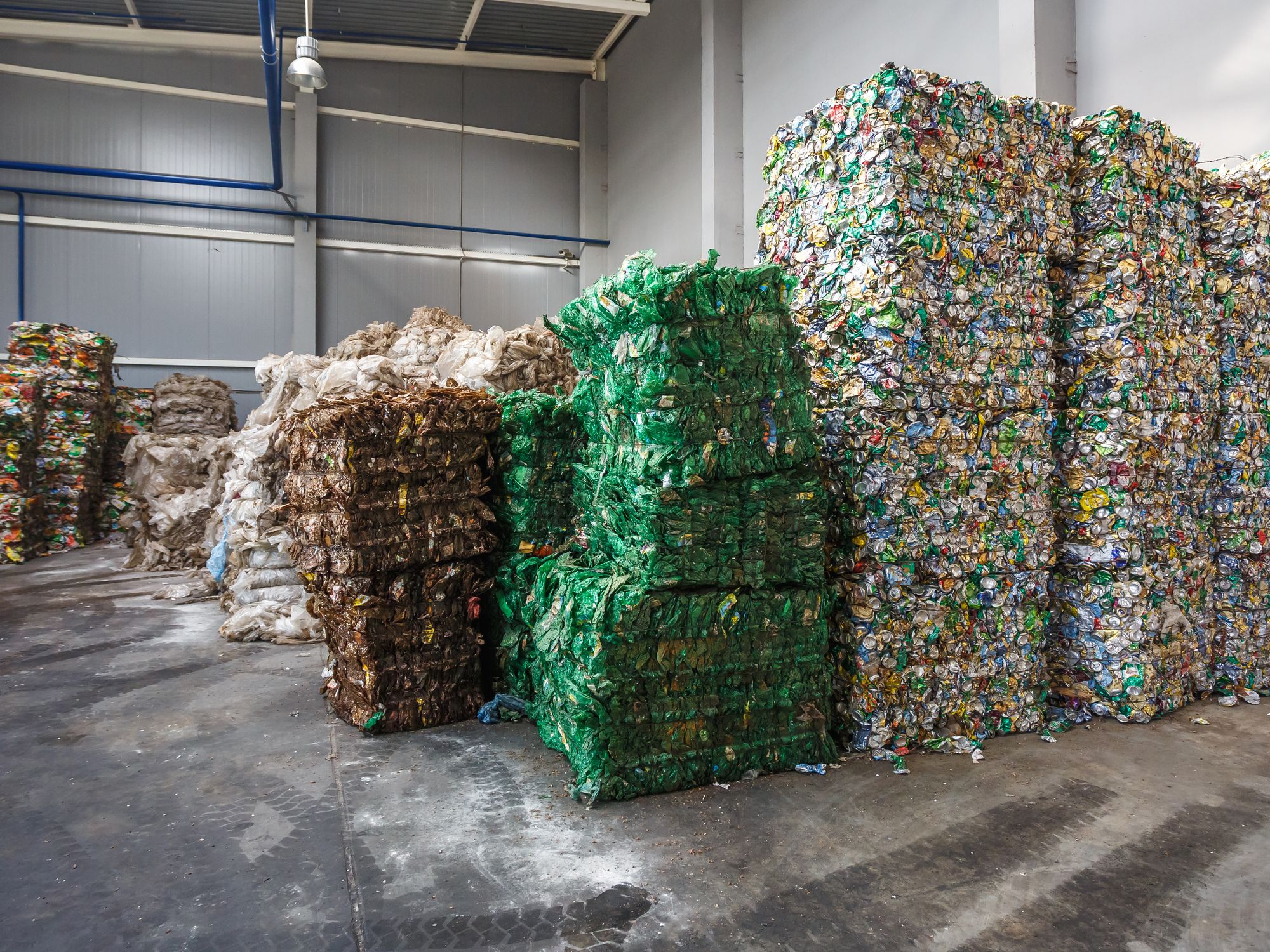Waste minimization methods and benefits

- Source reduction reduces or eliminates the generation of waste at the source and refers to any practice that reduces the use of hazardous materials in production processes.
- Reducing waste generation through waste minimization has helped some companies change their RCRA regulatory status.
Source reduction, commonly known as pollution prevention (P2), reduces or eliminates the generation of waste at the source and refers to any practice that reduces the use of hazardous materials in production processes. The Environmental Protection Agency (EPA) says source reduction is more desirable than recycling, treatment, and disposal.
There are significant opportunities for industry to reduce or prevent pollution at the source through cost-effective changes in production, operation, and raw materials use, but these opportunities for source reduction are often not realized because existing regulations focus upon treatment and disposal.
Common examples of source reduction include:
- Early retirement of equipment such as mercury-containing devices like switches and thermostats;
- Reformulating or redesigning products, such as creating new polyvinyl chloride (PVC) compounds without using lead;
- Using less toxic feedstocks, such as switching to the use of lead-free solder in manufacturing;
- Improving work practices, such as reorganizing paint batches in order to reduce cleaning operations.
Recycling, or reclaiming value from production by-products, can often be used when P2 is not economically practical. Recycling includes the reuse or recovery of in-process materials or materials generated as by-products that can be processed further onsite or sent offsite to reclaim value. Recycling is a broad term that encompasses the reuse of materials in original or changed forms rather than discarding them as wastes. Recycling can also be thought of as the collection and reprocessing of a resource so it can be used again, though not necessarily for its original purpose.
Common examples of recycling include:
- Direct use/reuse of a waste in a process to make a product, such as reusing a purge product used to clean paint lines rather than disposing of it by incineration.
- Processing the waste to recover or regenerate a usable product, such as collecting vapor from dry-cleaning operations, turning it back into liquid, and reusing the liquid to clean more clothes.
- Using/reusing waste as a substitute for a commercial product. When mercury is recycled from old equipment like switches, it can be used in new products that still require mercury, such as fluorescent bulbs. Recycling of mercury has been so successful that there is now enough recycled mercury in the U.S. that manufacturers do not need to use new mercury from mines.
A material is recovered if it is processed to recover a usable product, or if it is regenerated. This is known as materials recovery. In energy recovery, waste is converted into usable fuel.
Environmental and economic benefits
Waste minimization not only protects the environment, it also makes good economic and business sense. For example, reducing waste generation through waste minimization has helped some companies change their Resource Conservation and Recovery Act (RCRA) regulatory status from large quantity generator (LQG) to small quantity generator (SQG), or even to very small quantity generator (VSQG). Some have managed to eliminate the generation of hazardous waste and avoid RCRA regulatory requirements altogether.
Source reduction and/or environmentally sound recycling, reuse, and reclamation practices have helped many organizations reduce:
- The quantity and toxicity of hazardous and solid waste generation
- Raw material and product losses
- Raw material purchase costs
- Waste management recordkeeping and paperwork burden
- Waste management costs
- Workplace accidents and worker exposure
- Compliance violations
- Environmental liability
At the same time, waste minimization can improve:
- Production efficiency
- Profits
- Good neighbor image
- Product quality
- Environmental performance
